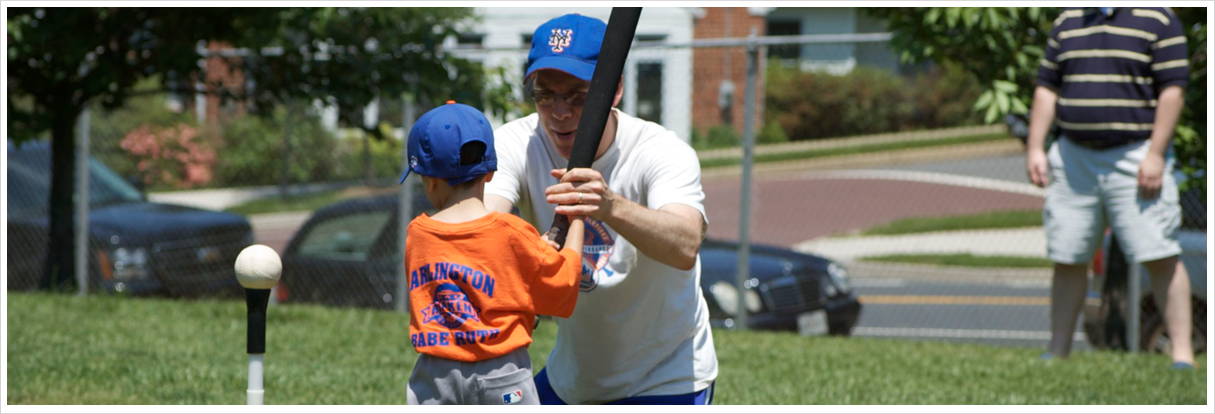Tee Ball season will be here before you know it. Being prepared for the upcoming tee ball season will increase the likelihood of a successful and positive baseball experience for the coaches and the players. To help you prepare for the season ahead, we've prepared a quick list of items to help you get ready for your youth tee ball season.
Rules of the Game
The first thing to do is get yourself acquainted with the rules of the game of baseball. Many new and experienced coaches take this for granted, only to find out they've made a wrong assumption. So, before the baseball season starts, study the rules.

Every league will have their own unique set of rules that will be followed during league play. Make sure that you reach out to the league and get the latest copy as soon as it is available. We have attached the Rules and Regulations for the East Marietta National Little League as an example. Click here to view.
Get to know the League Commissioner
This is your advocate for gaining insight to activities, training, and camps during the year. The baseball league may also provide you with support and guidance during the year regarding practice tips, league rules, and general information regarding baseball.
Build Your Coaching Staff
I recommend having at least four committed coaches. There are many aspects of tee ball that needs to be taught, including hitting, throwing, catching, pitching, fielding, and base running. Also, at this age, the attention span for younger players is minimal at best. Keeping the groups small and moving from drill to drill is important. Having enough coaches to assist with keeping the players moving and learning each skill is critical.

Prepare with Detailed Youth Baseball Practice Plans and Drills.
Preparing yourself with...





 I'm sorry we do not offer the 2T or 3T Toddler pants at this time. We have been working with our supplier to stock them. Please check back soon.
I'm sorry we do not offer the 2T or 3T Toddler pants at this time. We have been working with our supplier to stock them. Please check back soon.




